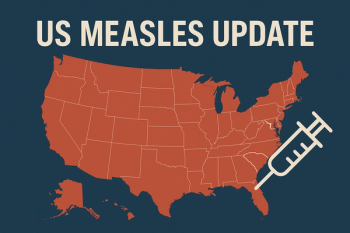
HIV Discovery: Broadly Neutralizing HIV Antibodies May Lead to Effective Vaccine
Researchers at the University of Zurich and the University Hospital-Zurich have made a discovery that may contribute to the development of an effective HIV vaccine.
Out of the 1.2 million people living in the United States that have been diagnosed with
The researchers found that there are broadly neutralizing HIV antibodies (bnAbs) that are created within one percent of individuals who are infected with the virus. These antibodies not only fight the particular strain of virus that the host is infected with, but can also combat other sub-types, or strains, of HIV that can be found around the world, according to the university’s official
These bnAbs attach themselves to “spikes” on the virus, which are protein and sugar complexes that are found on the surface on the virus and are nearly identical on all strains of HIV. The bnAbs essentially act as soldiers for the immune system, attacking only the structures that stem from the virus. Researchers hope to use this knowledge to inform the development of a vaccine.
In their
The researchers found that the type of antibodies formed depended largely on the virus sub-type. For example, the researchers found that antibodies that are produced to bind to human immune cells are usually the result of sub-type B HIV viruses whereas “non sub-type B virus” produces antibodies that will bind to V2 glycan instead, according to the press release. Therefore, the virus sub-type also affects where the produced antibodies will bind on the surface of the virus.
In addition, of the 239 individuals, the researchers found that the ability to produce these broadly neutralizing antibodies was more prevalent among black patients than white patients. When asked about the ethnicity factor, Alexandra Trkola, PhD, professor of medical virology at UZH, told Contagion, “This is a very intriguing finding. What the underlying factors are, however, [needs] still to be unraveled. It could b[e] host genomics (eg one beneficial gene variant is more frequent amongst black individuals) but also other factors (eg geographic, socioeconomic factors). We are looking into this in continuing studies.”
When speaking of the implications of the study and how the study’s findings could lead to the development of an effective vaccine, Dr. Trkola commented to Contagion, “We think [that it can] in many ways. For instance, the discovery that HIV subtypes steer which type of bnAb evolves is very interesting. This can lead to the definition of new immunogens. We also have, based on our study, a number of factors that can be used to tailor vaccine regimens. No[t] all can be replicated by a vaccination (eg length of infection) but this possibly can be substituted by incorporating a combination of other beneficial factors (e.g. antigen dose, diversity).”
Study author Huldrych Günthard, MD, professor of clinical infectious diseases at UZH said in the press release, “Our study enabled us to show, for the first time, that each of these three parameters—virus load, virus diversity and infection duration—influences the development of broadly neutralizing antibodies independently of each other. So we don’t necessarily have to consider all three parameters in designing a HIV vaccine. This is especially important with regard to the length of vaccine administration—it wouldn’t be possible to imitate a longer untreated HIV infection with a vaccine.”
Newsletter
Stay ahead of emerging infectious disease threats with expert insights and breaking research. Subscribe now to get updates delivered straight to your inbox.



















































































































































































































































































